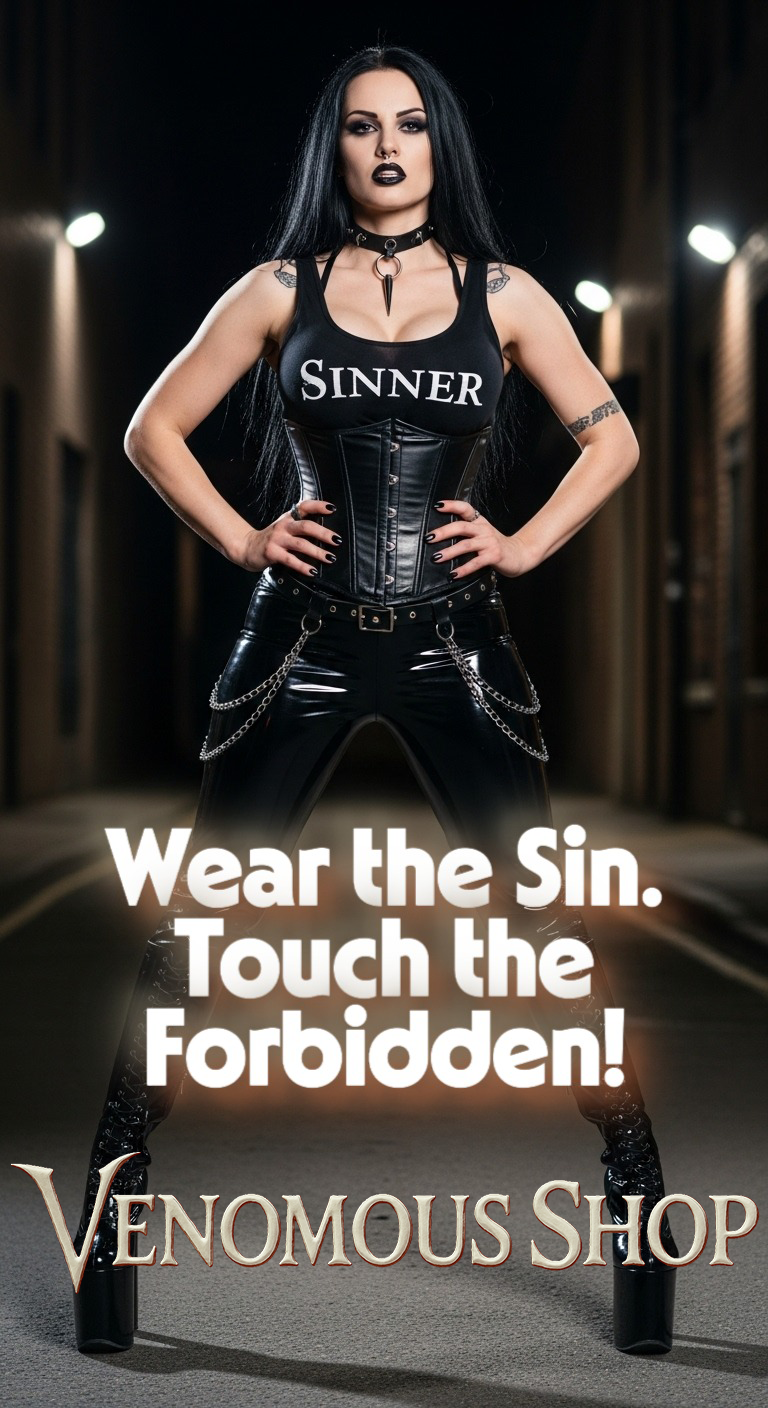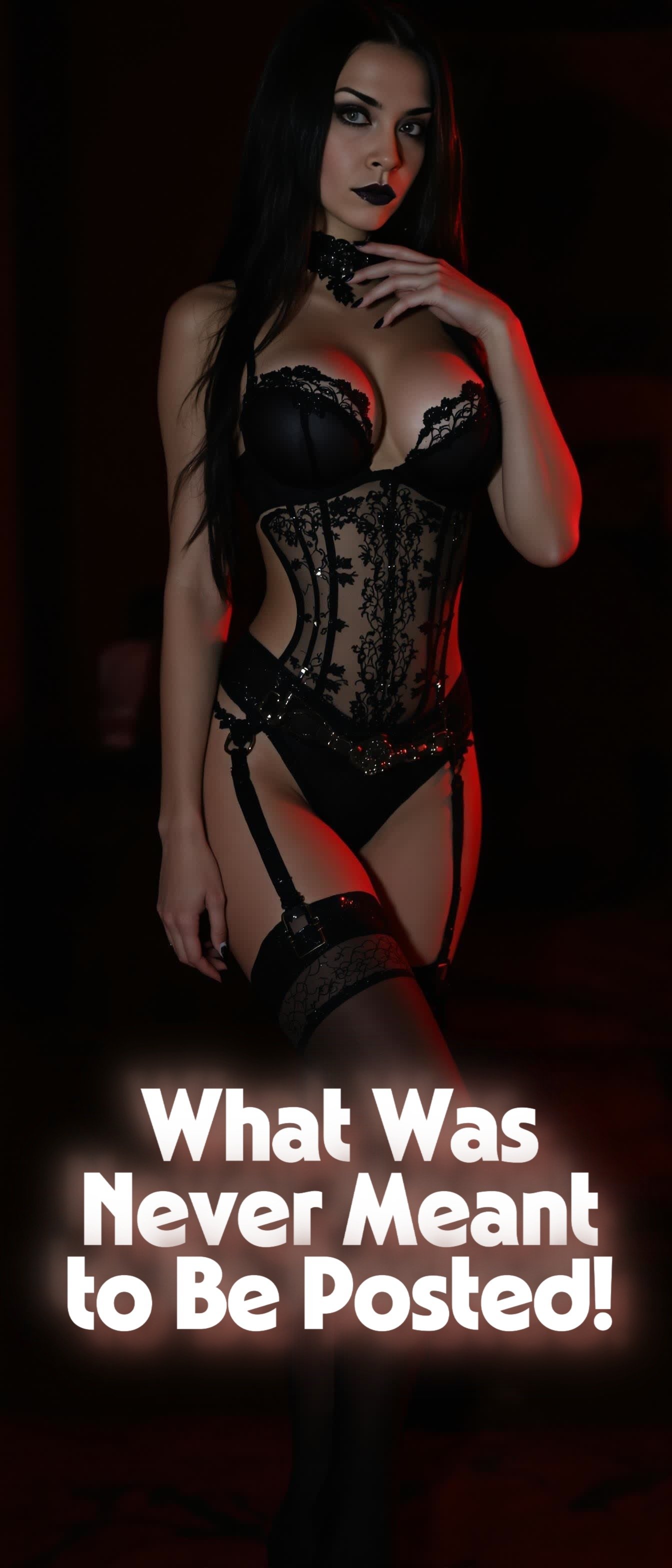From the gritty biker bars to the global stage, metal fashion has carved a niche in the cultural zeitgeist, symbolizing rebellion, strength, and a stark defiance of the mainstream. The iconic black leather and spikes have not only defined a genre but have influenced broader fashion trends, embodying a spirit that’s both fiercely independent and unmistakably bold.

The Roots of Rebellion
The journey of metal fashion began in the late 1960s, originating from the biker and leather subcultures. The rugged aesthetics of leather jackets and the Hells Angels’ emblematic logos laid down the early groundwork. As heavy metal music took shape, these elements were adopted and adapted, evolving into a distinctive style that spoke volumes about the community’s ethos (Fashion Magazine).
By the 1970s, metal fashion became synonymous with a type of guerrilla armor—spiked bracelets, battle jackets, and combat boots—each piece serving as a badge of honor, signaling allegiance to the metal tribe. Bands like Judas Priest and Iron Maiden not only pushed the boundaries of music but also of fashion, with Rob Halford’s onstage motorcycle entrances in full leather garb and Steve Harris’s studded belts inspiring a generation (Fashion Magazine, Loudwire).

Spikes as Symbols
Spikes in metal fashion, while visually striking, are rooted in historical functionality. Originally used in ancient times for protection in battle, spikes found their way into the modern punk and metal scenes as symbols of aggression and defense. This transition from practical to symbolic is a testament to the genre’s ability to repurpose and redefine. The spiked collars, once meant for war dogs, transformed into a punk and metal staple, signifying strength and resilience (Rebels Market).
![]()
The Glam Metal Injection
The 1980s brought glam metal to the forefront, with its own take on metal fashion. Bands like Mötley Crüe and Poison took the existing elements of metal attire and turned up the glamor with tighter clothes, more makeup, and even more spikes. This era saw the blending of punk’s raw edge with a new, polished aesthetic that made metal fashion not just tough but also glamorous (Loudwire).
![]()
The Evolution Continues
Today, metal fashion continues to influence and be influenced by other genres and subcultures, making it a dynamic and ever-evolving statement. Recent years have seen a resurgence in ’80s thrash metal fashion, with band tees, ripped jeans, and yes, the indispensable leather and spikes making a comeback, proving that the spirit of metal is not just enduring but also adaptable (Holr Magazine).
As metal fashion marches forward, it remains a powerful form of self-expression, a way for individuals to connect over shared ideals and an aesthetic that resonates with the fierce independence and resilience of the metal community.
In conclusion, black leather and spikes are not merely accessories in the world of metal—they are profound symbols of the culture’s rich history and ongoing evolution. Whether you’re a seasoned metalhead or just someone who appreciates the boldness of metal fashion, there’s no denying the impact it has had on the fashion world at large.
To continue exploring the world of metal, visit our home page here and for more updates, follow all my social media channels at this link.
This journey through the history of metal fashion shows that whether through studded leather or spiked wristbands, this style continues to rock the foundations of fashion, symbolizing an enduring spirit that refuses to conform.
![]()



